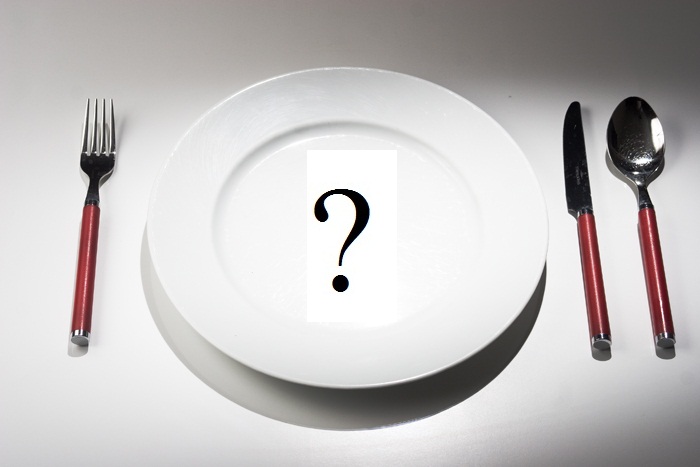When walking through the grocery store aisle you are constantly seeing food packages that say “Low Fat” or “Light”. What exactly does it mean when something is low fat? The Food & Drug Administration does have guidelines to define what you can call “Low Fat” or “Light”. You may be surprised at what we found out.
What does “Low” mean?
This term can be used on foods that can be eaten frequently without exceeding dietary guidelines for: fat, saturated fat, cholesterol, sodium, and calories.
Here are the definitions:
- low-fat: 3 g or less per serving
- low-saturated fat: 1 g or less per serving
- low-sodium: 140 mg or less per serving
- very low sodium: 35 mg or less per serving
- low-cholesterol: 20 mg or less and 2 g or less of saturated fat per serving
- low-calorie: 40 calories or less per serving.
What does “Light” mean?
This descriptor can mean two things:
- First, that a nutritionally altered product contains one-third fewer calories or half the fat of the regular food. If the food has 50 percent or more of its calories from fat, the reduction must be 50 percent of the fat.
- Second, that the sodium content of a low-calorie, low-fat food has been reduced by 50 percent. In addition, “light in sodium” may be used on food in which the sodium content has been reduced by at least 50 percent.
The term “light” still can be used to describe such properties as texture and color, as long as the label explains the intent–for example, “light brown sugar” and “light and fluffy.”
Food manufacturers use these words on food labels to capture our attention. Don’t let them fool you. Read the labels and know what you are getting in your foods.
Holly Kouvo is a certified Personal Trainer, Nutrition Specialist, speaker and writer who specializes in helping people lose hundreds of pounds. Learn more at www.FittingFitnessIn.com.


